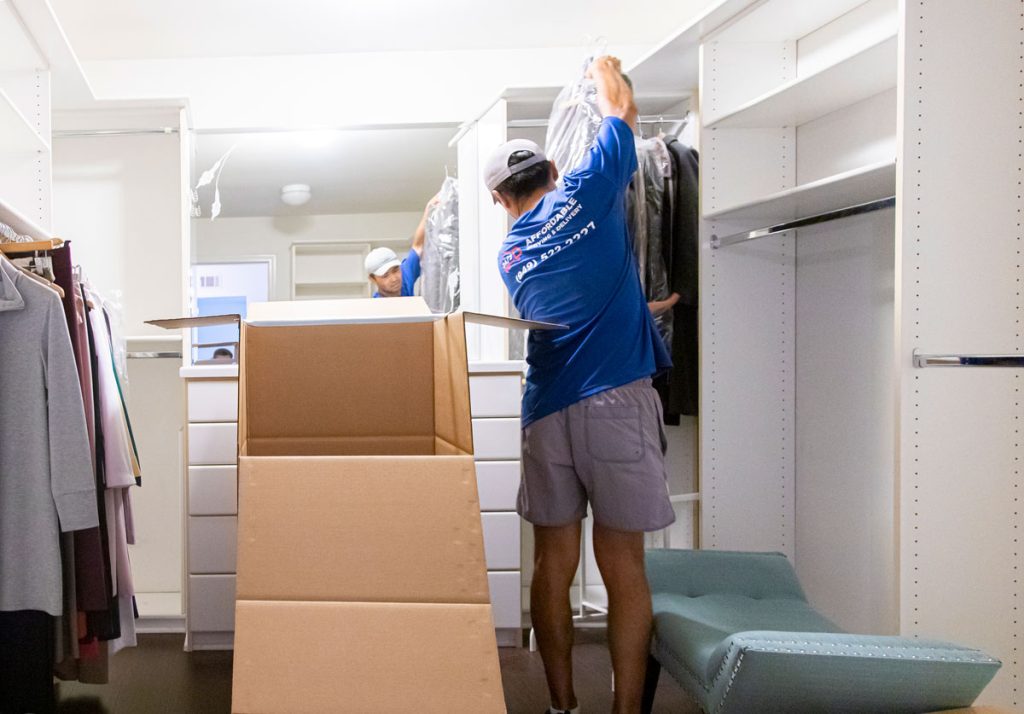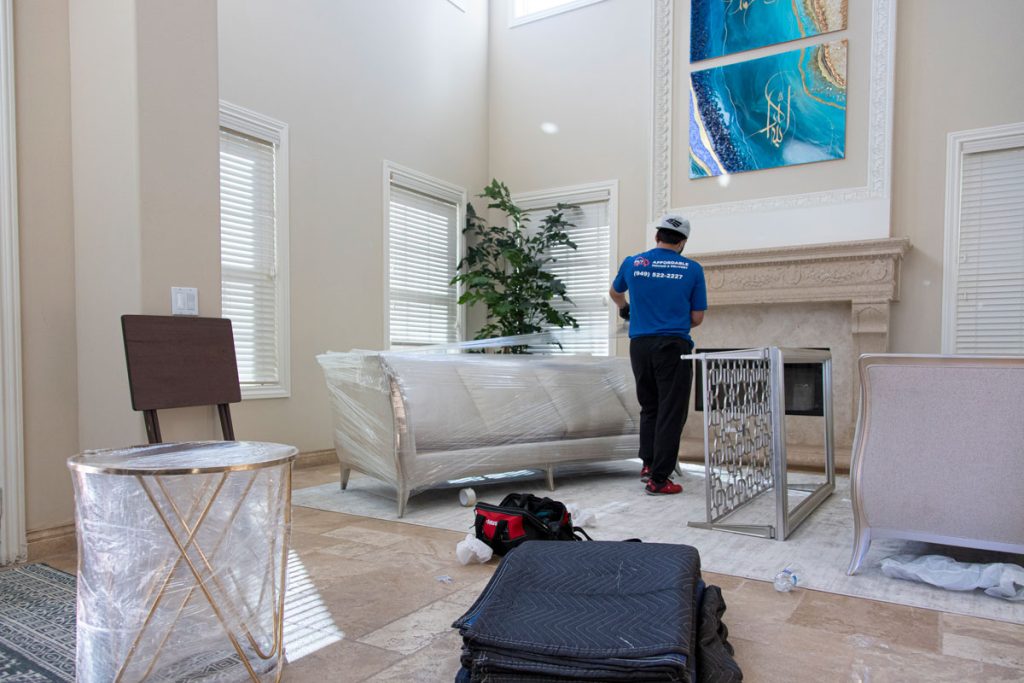Preparing Your Furniture for a Smooth In-House Move

Moving is often a daunting task, and when it comes to furniture, the challenge can be even greater. Whether you’re relocating to a new house or just rearranging your furniture within your current space, a safe and smooth transition is crucial. In this comprehensive guide, we’ll explore the best practices for moving your furniture, from assessing and disassembling to safely transporting and reassembling. By the end of this article, you’ll have all the tips and tricks you need to make your furnishing move a breeze.
Today we dive into the specifics of in-house moving furniture. A well-thought-out strategy can make the entire process more efficient and less stressful. Whether you’re moving across town or just across the room, preparation is key.
Assessing Your Furniture
The first step in a successful furnishing move is assessing what needs to be moved. Take an inventory of your furniture items and decide what is worth relocating and what you might want to leave behind or replace. This step helps reduce unnecessary clutter and eases the moving process.
Begin by creating a detailed inventory of all the furniture you intend to move. List each item individually, noting its type, dimensions, and current condition. This inventory will serve as your reference throughout the moving process, helping you keep track of your belongings and plan accordingly.
As you assess your furniture, you may come across items that no longer serve a purpose or are in poor condition. This is an ideal opportunity to declutter and decide what to keep, what to donate, and what to discard. Reducing the number of items you move can save time, effort, and potentially reduce moving costs.
For a successful move, it’s essential to measure the dimensions of your furniture. Measure the height, width, and depth of larger pieces, and ensure that they will fit through doorways, hallways, and any other spaces in your current and new location. Accurate measurements will help you avoid potential challenges during the move.
Disassembly and Labeling
To disassemble your furnishing, you’ll need the right tools and supplies. Common tools include:
- screwdrivers;
- wrenches;
- Allen keys;
- pliers;
- hammer.
Ensure that you have the appropriate tools for each piece of furniture to avoid frustration and delays during disassembly.
For furniture that came with manufacturer instructions, it’s advisable to follow these instructions for disassembly. This is especially important for items like cribs or complex furnishing systems. Manufacturer instructions are designed to help you disassemble and reassemble the furniture with minimal risk of damage.
As you disassemble each piece of furniture, place the hardware, such as screws, bolts, and washers, in separate bags or containers. Label these containers clearly with the name of the furnishing piece they belong to. Labeling is essential to prevent hardware mix-ups and confusion during reassembly.
To further streamline the reassembly process, label the individual furniture components you’ve disassembled. You can use adhesive labels or masking tape and a marker to mark each part with its name or a corresponding number. This will help you quickly identify where each piece belongs when you’re ready to put everything back together.
Delicate or fragile parts of your furnishing, like glass tabletops or ornate decorations, may need additional protection during transit. Use bubble wrap or foam padding to safeguard these sensitive components. Ensure they are labeled as fragile to alert your moving team to handle them with extra care.
How to Wrap Furniture for Move
Before you begin, gather the necessary supplies to pack furniture for moving. You’ll need:
- furniture blankets or moving pads;
- bubble wrap or packing paper;
- plastic wrap;
- packing tape;
- cushioning materials (foam or corrugated cardboard, if required).
Clear your furnishing of any loose items, such as cushions, shelves, or removable parts. Store these separately and ensure they are labeled for easy reassembly later.
Lay out furniture blankets or moving pads on a clean, flat surface. These will act as the first layer of protection for your furnishing. Place the item you’re wrapping on top of the blankets.
How to Protect Furniture When Moving
Furniture blankets or moving pads are your first line of defense against scratches, dings, and minor impacts. Place these pads on all exposed surfaces of your furnishing to create a protective barrier. Secure them in place with tape or stretch wrap.
Fragile or delicate elements, such as glass tabletops, mirrors, or ornate decorations, require extra care. Wrap them in bubble wrap or packing paper and secure them with tape. Ensure that these fragile parts are well-padded to prevent damage. Wooden furniture for moving should be disassembled as its connecting elements may become loose during transportation.

Safely Moving Furniture
Moving can be a physically demanding task, and without the right techniques and precautions, it can lead to injuries or damage to your valuable pieces.
Before you begin, ensure you have the necessary tools and equipment for moving furniture safely. These may include furniture sliders, moving straps, dollies, and hand trucks. Moving straps and harnesses can make it much easier to carry heavy and bulky furnishing. These tools evenly distribute the weight, making it more manageable.
When lifting heavy furniture, use your legs, not your back. Bend at the knees, keep your back straight, and lift with your leg muscles. Get help from a friend or family member if necessary, especially for exceptionally heavy items. Whenever possible, move furniture with a team. Having extra hands to assist can make the process easier and reduce the risk of injury.
Navigating Tight Spaces
Tight spaces require careful planning when it comes to navigating how to transport furniture. Measure doorways, hallways, and stairwells to ensure your furniture can pass through. If necessary, temporarily remove doors or trim to provide more clearance. Be especially careful moving heavy furniture upstairs.
Reassembling Furniture
Start reassembling your furnishing according to the order recommended in the manufacturer’s instructions. This typically involves the frame or structural components first and then adding smaller parts or accessories. Ensure you use the appropriate tools for the job. For example, use the correct screwdriver or Allen wrench to tighten screws or bolts.
Take your time during reassembly, and don’t rush. Ensure that all connections are secure but not overtightened, as this can cause damage or stripping of threads.
Final Inspection and Cleaning
Before you begin the final inspection, review your inventory list to ensure that all your belongings have arrived at your new location. This is also a good time to cross-check the list with any labels you applied during the move. Conduct a thorough inspection of your furniture and belongings. Check for any damage or missing parts. This is especially important for valuable or delicate items.
After unpacking and inspecting your items, clean your new space. Start by dusting and wiping surfaces, cleaning windows, and sweeping or vacuuming the floors. Clean and mop the floors in all rooms, ensuring they are free of any debris or scuffs from moving.
In conclusion, moving furniture doesn’t have to be a stressful endeavor. With careful planning, proper protection, and the right equipment, you can ensure a safe and smooth transition. By following these steps and guidelines, your furnishing will arrive at its destination in excellent condition, ready to complement your new space seamlessly.

